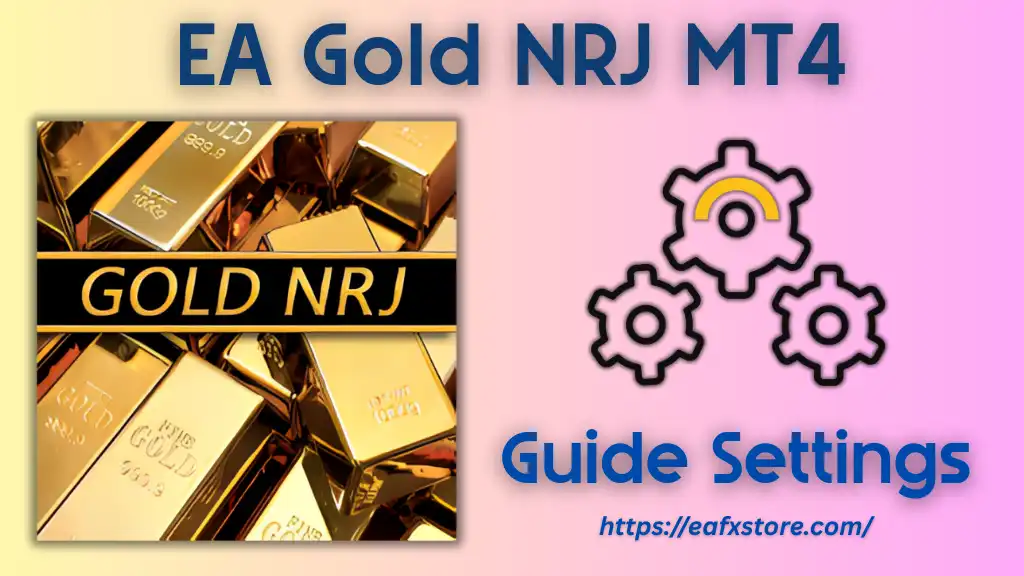
Introduction
In the fast-evolving world of financial trading, the Arbitrage strategy has long been considered one of the most intelligent and low-risk trading methods when executed properly.
From institutional investors to algorithmic developers designing Expert Advisor (EA), Arbitrage remains a powerful concept — profiting from temporary price discrepancies across markets with minimal exposure.
I. What Is Arbitrage?
Arbitrage is the practice of buying and selling the same asset simultaneously in different markets to profit from price differences.
For example:
If EUR/USD is quoted at 1.0850 on Broker A, but 1.0855 on Broker B, a trader can buy on A and sell on B, locking in a 0.0005 USD profit per unit, assuming no spread or commission costs.
In modern financial markets, such price discrepancies exist only for milliseconds, which is why arbitrage strategies are executed by high-speed trading algorithms or robots (EAs) rather than manually.
II. How Arbitrage Works – The Core Mechanism
Arbitrage is rooted in the Law of One Price — the principle that identical assets should trade at the same price in efficient markets.
When prices diverge, traders (or bots) step in to exploit the difference, pushing prices back toward equilibrium.
The basic arbitrage profit equation is:
Profit = Selling Price – Buying Price – Transaction Costs
A positive result after spreads and fees means a valid arbitrage opportunity exists.
Automated systems monitor live price feeds from multiple brokers or exchanges to detect these inefficiencies in real time, then execute synchronized trades within microseconds.
III. The Main Types of Arbitrage Strategies in Forex
1. Spatial Arbitrage (Two-Broker Arbitrage)
This is the simplest form — buying an asset where it’s cheaper and selling where it’s more expensive.
In Forex, price variations between brokers create opportunities for this type of arbitrage.
Example:
XAUUSD = 2500.10 (Broker A) and 2500.30 (Broker B)
Buy at A, sell at B → Profit = 0.20 USD/ounce
This type is often implemented through two interconnected MetaTrader terminals managed by one EA.
2. Triangular Arbitrage
This occurs when there’s a discrepancy between three related currency pairs that form a price triangle, such as EUR/USD, USD/JPY, and EUR/JPY.
Formula:
EUR/USD × USD/JPY ≠ EUR/JPY → Arbitrage opportunity exists.
A Triangular Arbitrage EA will open three offsetting positions across the pairs to lock in risk-free profit.
This technique is frequently used by institutional algorithms and interbank systems.
3. Statistical Arbitrage
Unlike spatial arbitrage, this type relies on mathematical models and correlation analysis rather than direct price differences.
The EA uses machine learning or AI algorithms to detect deviations between correlated instruments and trade when one asset diverges from its statistical mean.
In essence, it’s an AI-driven form of mean reversion trading, using probability models to determine when and how the price will revert.
4. Latency Arbitrage
This method exploits data transmission speed differences between brokers.
An EA compares the fast feed from one broker with the slow feed from another.
When the fast feed detects a price change, the EA immediately trades on the slower broker before the update occurs.
⚙️ Efficiency depends on:
- VPS speed (ping < 2ms)
- Broker server proximity
- Execution latency
This is one of the most powerful — yet controversial — forms of arbitrage, often restricted by brokers.
5. Cross-Market Arbitrage
This occurs when the same asset trades across different types of markets — for instance, Forex vs. Futures, or Crypto vs. CFD.
EAs compare cross-market prices and execute orders simultaneously to capture temporary mispricing.
IV. Advantages of Using Arbitrage in Automated Trading Systems
1. No Need to Predict Market Direction
Arbitrage robots do not rely on forecasts, indicators, or trend analysis.
They simply compare prices — making decisions based on real-time data only.
This reduces emotional bias and creates a more objective trading environment.
2. Extremely Low Market Risk
Since arbitrage involves simultaneous buy and sell orders, exposure to market movements is minimal.
In ideal conditions, the drawdown is nearly zero, making it one of the safest algorithmic strategies.
3. Consistent and Scalable Profits
Each trade generates a small profit, often just a few pips, but over hundreds or thousands of trades per day, profits can accumulate steadily.
This makes arbitrage appealing to quantitative funds and prop trading firms seeking consistent results.
4. Fully Automated Operation
Once set up, an Arbitrage EA can run 24/7 without human supervision, continuously scanning for opportunities across brokers and asset classes.
5. Uncorrelated with Market Events
Unlike trend-based or news strategies, arbitrage isn’t affected by interest rate changes, inflation data, or volatility spikes.
It operates purely on micro-level inefficiencies, remaining stable during major events.
V. Disadvantages and Real-World Limitations
1. Anti-Arbitrage Systems by Brokers
Most brokers today have detection algorithms that identify and restrict latency arbitrage.
They may:
- Delay order execution
- Widen spreads
- Requote prices
- Or even close the account
This makes live arbitrage more difficult than in demo or backtests.
2. High Transaction Costs
Because arbitrage profits are tiny, spreads, commissions, and slippage can easily eliminate gains.
Even a 1-pip spread expansion or a 200 ms delay can turn a profitable trade into a loss.
3. Requires High-End Infrastructure
Effective arbitrage demands:
- Ultra-low-latency VPS
- Fast and stable connections
- Real-time data feeds
If network delays or packet loss occur, opportunities vanish instantly.
4. Backtesting Limitations
MetaTrader platforms can only simulate a single price feed, so testing two-broker or latency arbitrage systems accurately is nearly impossible.
Backtest results are often theoretical, not indicative of live performance.
5. Low Profit per Trade
Arbitrage relies on trade frequency, not per-trade profit.
Without sufficient capital or execution speed, total returns may not justify infrastructure costs.
VI. How to Implement an Arbitrage EA in Practice
Step 1: Choose Two Complementary Brokers
- One broker should have a faster price feed (Fast Broker).
- The other should lag slightly (Slow Broker).
The greater the price delay, the higher the opportunity.
Step 2: Set Up a Low-Latency VPS
Deploy your EA on a VPS located near the brokers’ servers — e.g., London, New York, or Singapore.
Latency should be under 2 ms for optimal results.
Step 3: Configure the EA Settings
Key parameters include:
- Maximum Spread
- Latency Threshold
- Take Profit / Close Conditions
- Slippage Control
- Dynamic Lot Sizing
- Time Delay Filters
Step 4: Monitor and Optimize Performance
Track metrics like:
- Execution speed
- Average latency
- Number of rejected or delayed orders
- Net profit after fees
Gradual optimization helps maintain stable results as brokers adapt.
Step 5: Avoid Broker Detection
Professional EAs often use stealth techniques:
- Randomized order delays
- Order masking
- Mixed trade patterns
- Hidden fast-feed sources
This minimizes the chance of being flagged as an arbitrage bot.
VII. Arbitrage vs. Other Forex Strategies
| Feature | Arbitrage | Scalping | Trend Following | Mean Reversion |
|---|---|---|---|---|
| Market Prediction | ❌ None | ✅ Required | ✅ Required | ⚙️ Partial |
| Market Risk | Very Low | High | Medium | Medium |
| Speed Requirement | Extremely High | High | Moderate | Moderate |
| Trade Frequency | Very High | High | Medium | Medium |
| Profit per Trade | Small | Moderate | Large | Moderate |
| Automation | 100% | 80% | 70% | 70% |
Arbitrage stands out for its precision and low exposure, but demands more technical expertise than any other approach.
VIII. The Role of AI and Machine Learning in Modern Arbitrage
Today’s advanced EAs integrate AI, Deep Learning, and predictive modeling to enhance arbitrage detection.
Instead of reacting to price differences after they occur, AI systems anticipate arbitrage windows by analyzing historical correlation patterns, latency metrics, and volatility clusters.
For example:
An AI-based arbitrage model might determine that:
“When the EURUSD–GBPUSD spread widens by 0.25%, there’s a 93% chance of reversion within 20 seconds.”
This approach transforms arbitrage from a reaction-based system into a predictive probability model, improving both consistency and stealth.






